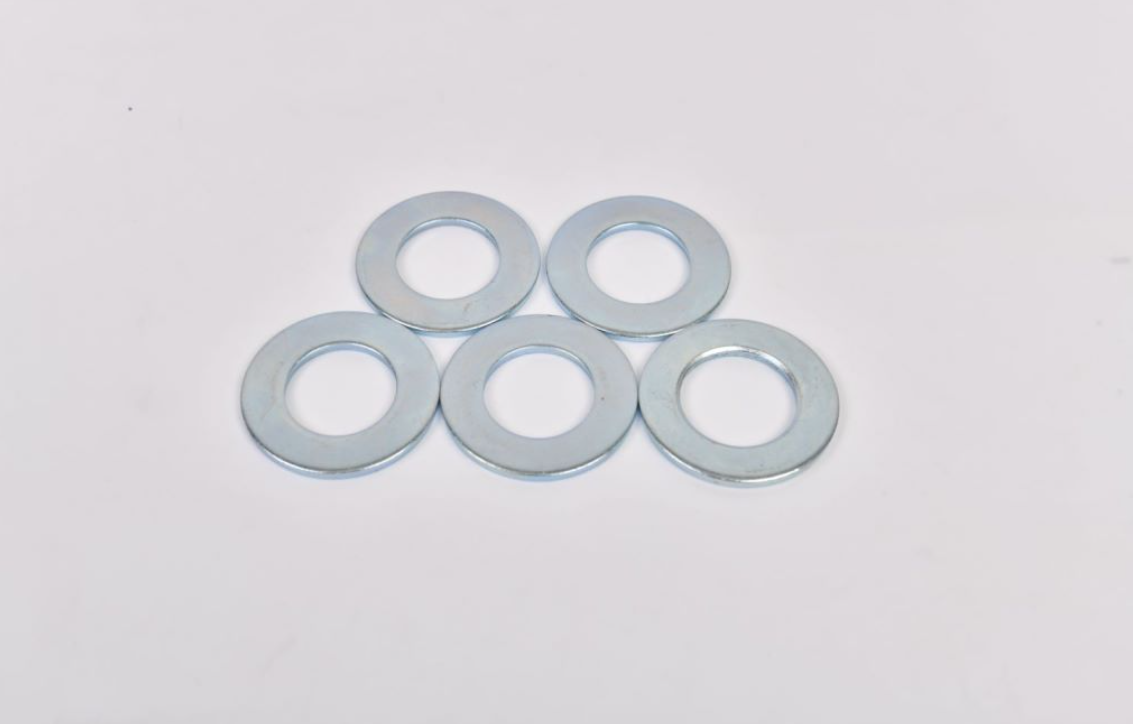drywall screw pop product
Understanding Drywall Screw Pop Causes and Solutions
If you're a homeowner or someone involved in property maintenance, chances are you’ve encountered the phenomenon known as drywall screw pop. While this issue may seem minor, it can be both unsightly and indicative of deeper problems within your home’s structure. In this article, we will explore the causes of drywall screw pops, their effects, and how to address them effectively.
What is Drywall Screw Pop?
Drywall screw pop refers to the situation where the screw that secures drywall to the underlying framing comes loose, creating a small, unsightly bump on the wall surface. This bump may lead to cracks in the drywall paint or texture, creating an eyesore. In some cases, it can even expand and cause larger sections of the drywall to become uneven.
Causes of Drywall Screw Pop
1. Material Movement One of the primary reasons for screw pops is the natural movement of materials in the home. Wood framing can expand and contract due to changes in humidity, temperature, and moisture levels. As the wood moves, screws can become loose, pulling away from the drywall.
2. Improper Installation If drywall screws are not installed correctly — either too tight or too loose — they can pop out of place. When screws are overdriven, they can break the paper face of the drywall, compromising its integrity and leading to pops.
3. Drywall Installation Issues The quality of the drywall itself, as well as the method used to install it, can play a role. If the drywall sheets are fastened incorrectly or if the spacing of the screws is inconsistent, this can lead to pressure points, which may cause screws to pop.
4. Settling of the Home Over time, homes naturally settle. This settling can create stress on the walls and ceilings, contributing to drywall screw pops, especially in older homes.
Preventive Measures
While it’s not possible to eliminate the possibility of drywall screw pops entirely, several preventive measures can be taken
1. Use Proper Installation Techniques Ensure that drywall is installed by experienced professionals who understand the importance of correct screw placement and appropriate tension.
drywall screw pop product

2. Choose Quality Materials Using high-quality drywall and screws can reduce the likelihood of issues arising. Consider using screws specifically designed for drywall, as they are engineered to minimize problems.
3. Climate Control Keeping the internal environment of the home stable can help reduce expansion and contraction of materials. Use humidifiers or dehumidifiers as needed to maintain optimal humidity levels.
4. Regular Inspections Periodically inspecting your walls and ceilings for signs of screw pops can help you address small problems before they escalate. Look for tiny bumps or cracks, especially in areas with higher moisture levels, such as bathrooms or kitchens.
Solutions to Fix Drywall Screw Pop
If you notice screw pops in your home, addressing them promptly is vital. Here’s how to do it
1. Tighten the Screws Gently drive the screws back into the drywall, ensuring they are flush but not overdriven.
2. Use Joint Compound After tightening, apply joint compound over the popped area, feathering it out to blend with the surrounding surface once dry.
3. Sanding and Painting Once the joint compound has dried, sand the area smooth and repaint to match the surrounding wall, ensuring a seamless finish.
4. Calling in Professionals If you find that screws are constantly popping up or if there is underlying structural damage, it may be wise to consult a professional contractor who can assess and address the issue appropriately.
Conclusion
Drywall screw pops are a common issue that many homeowners face, but understanding their causes and how to remedy them can help you maintain a beautiful and structurally sound living space. By taking preventive measures and addressing problems promptly, you can ensure your walls remain smooth and attractive throughout the years.
-
Top Choices for Plasterboard FixingNewsDec.26,2024
-
The Versatility of Specialty WashersNewsDec.26,2024
-
Secure Your ProjectsNewsDec.26,2024
-
Essential Screws for Chipboard Flooring ProjectsNewsDec.26,2024
-
Choosing the Right Drywall ScrewsNewsDec.26,2024
-
Black Phosphate Screws for Superior PerformanceNewsDec.26,2024
-
The Versatile Choice of Nylon Flat Washers for Your NeedsNewsDec.18,2024










